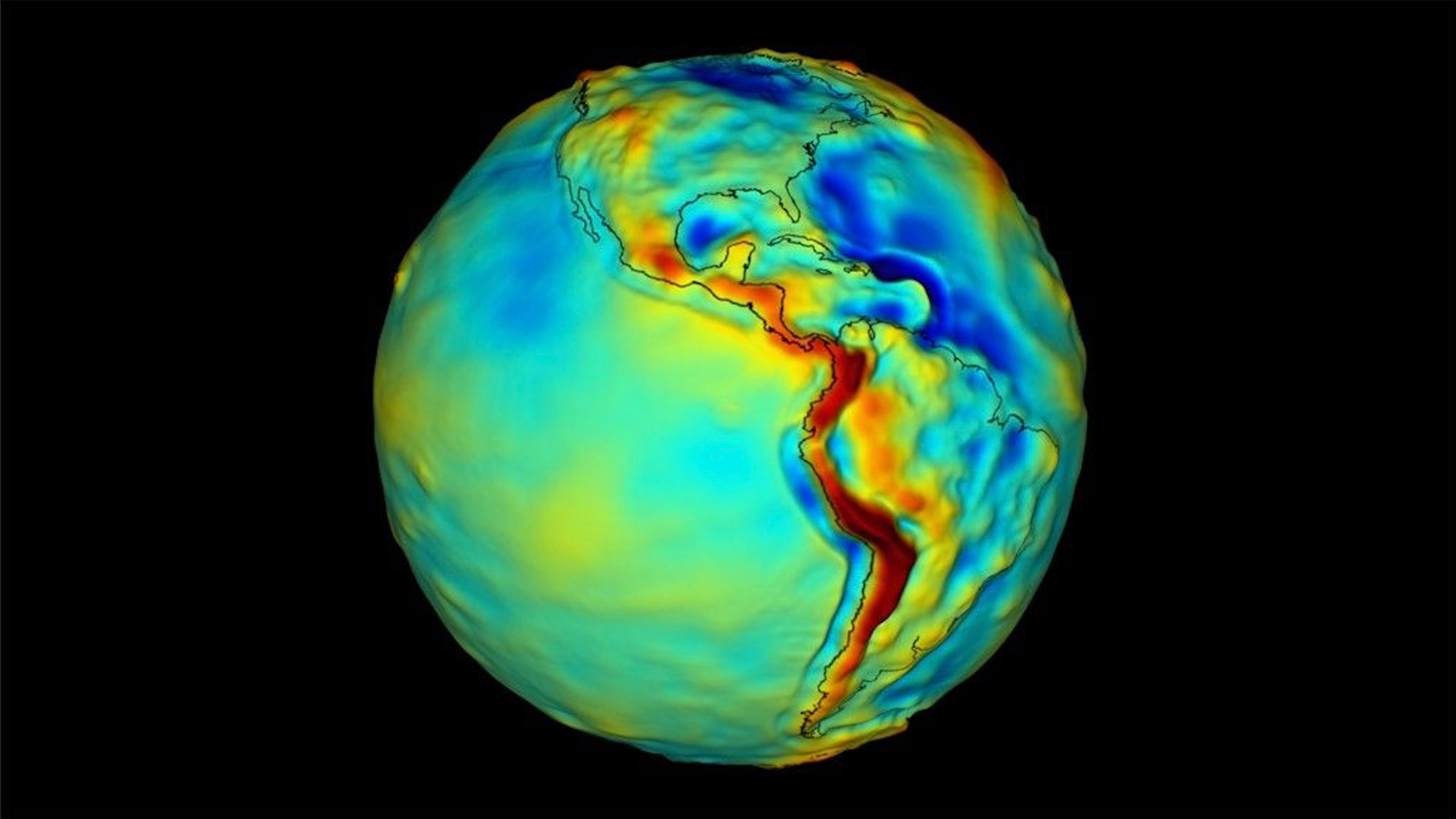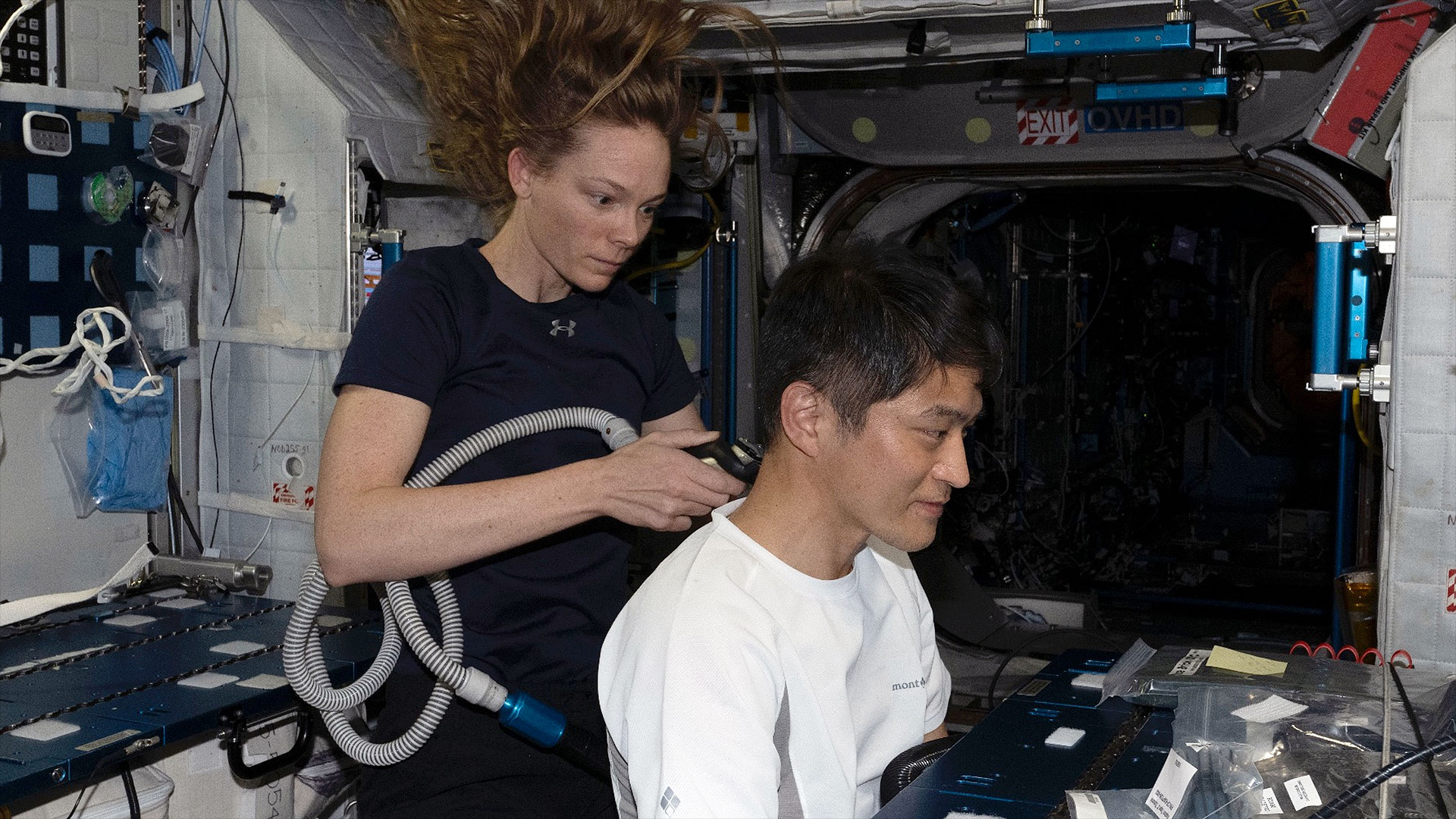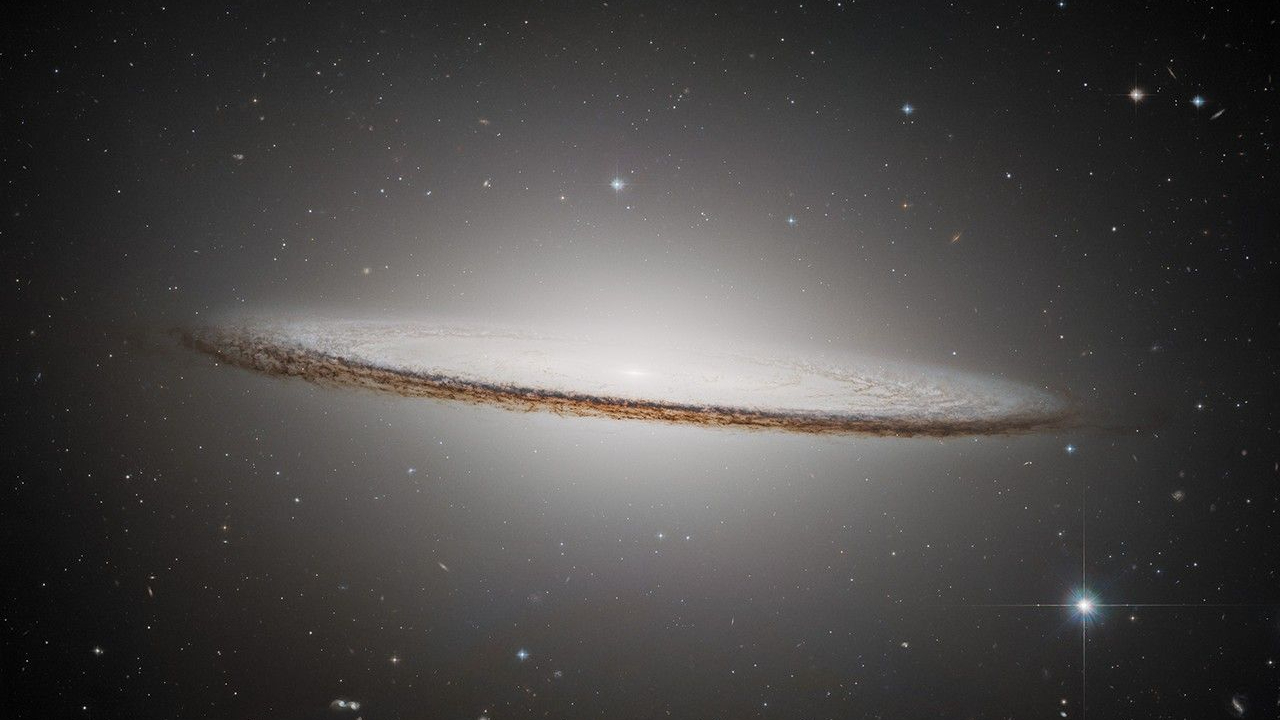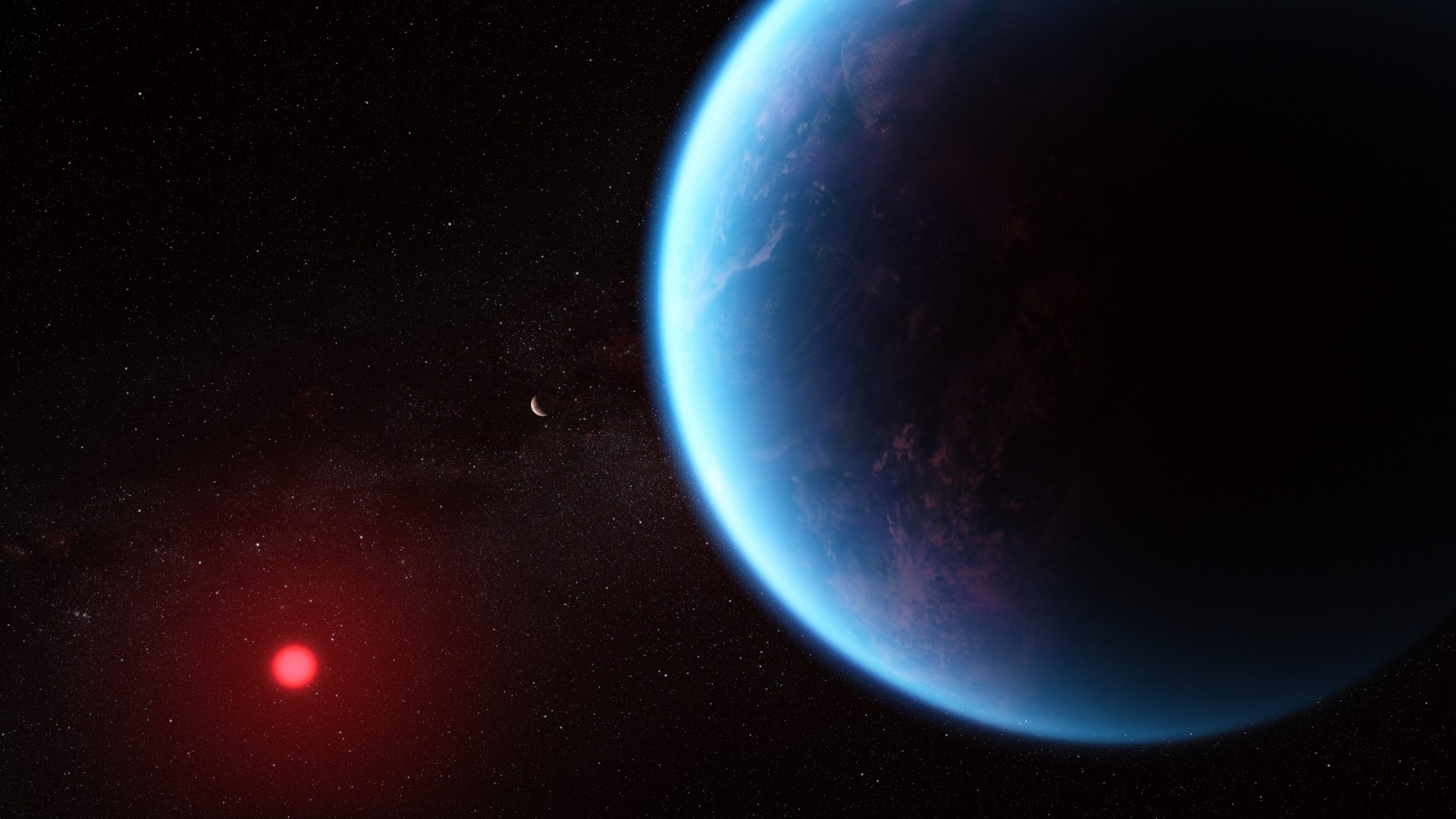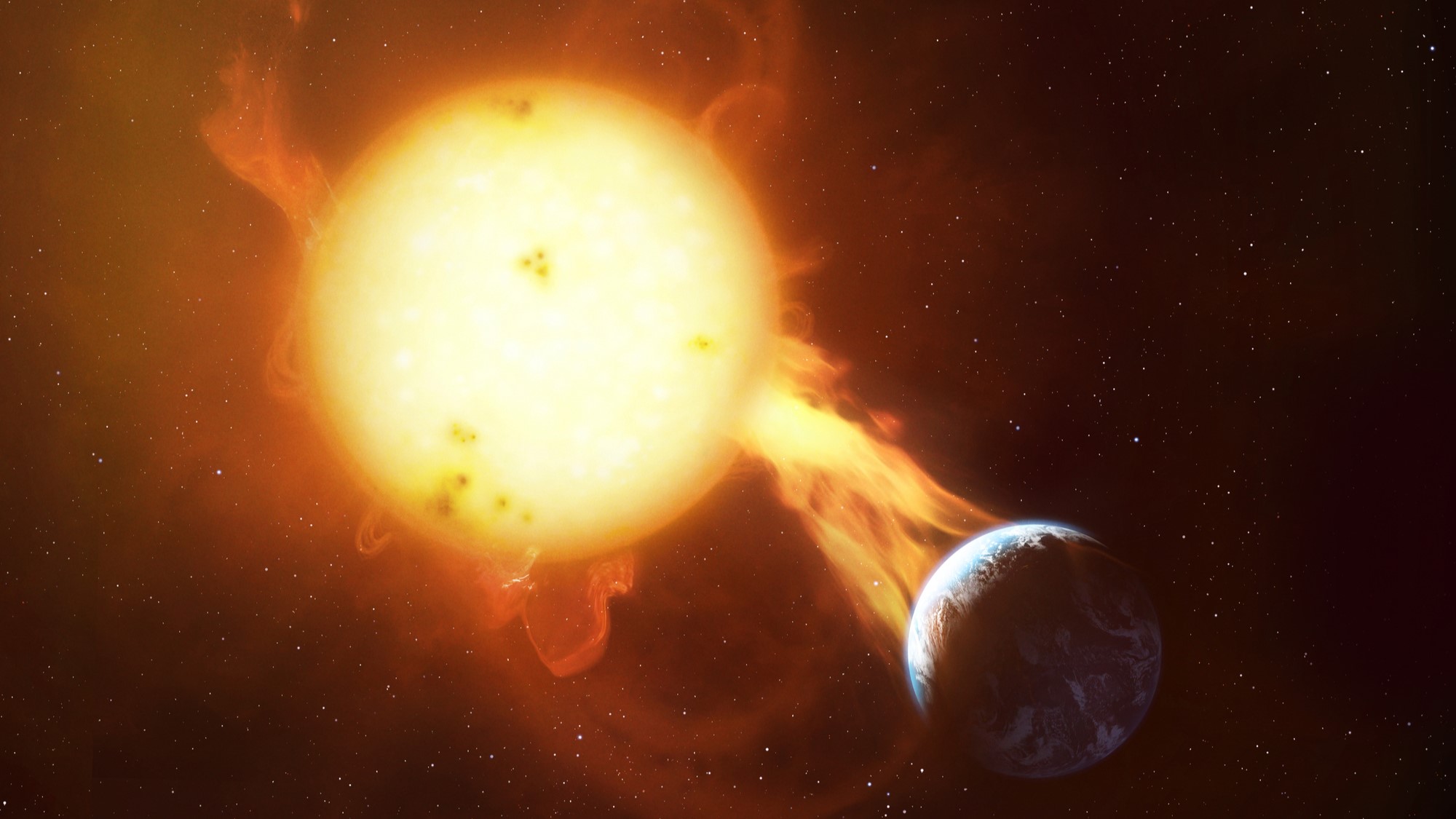James Webb Space Telescope adds to the confusing drama of Hubble tension
The long-awaited findings show strong support for the standard model of cosmology — with one exception.
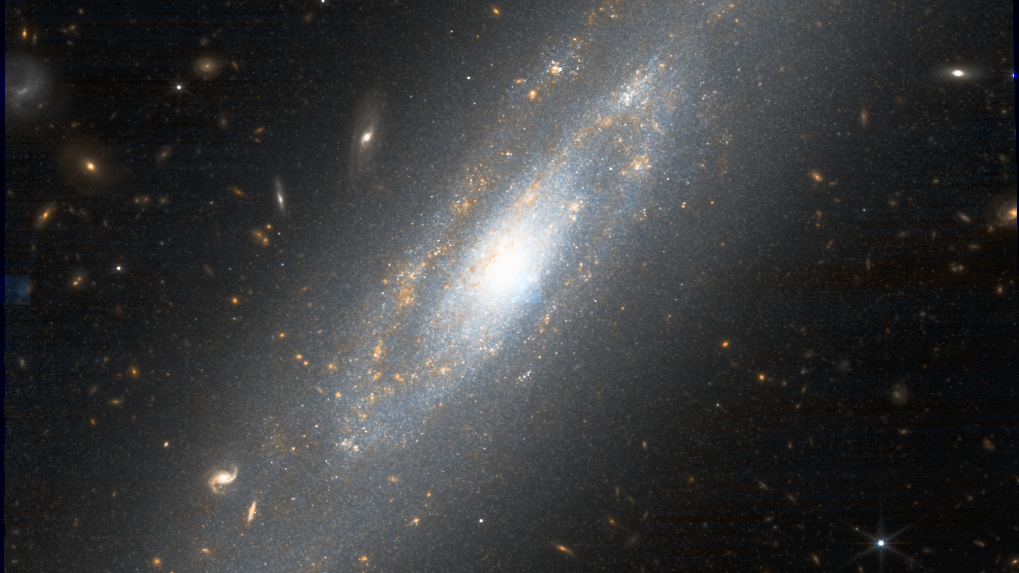
It would appear that James Webb Space Telescope observations of 10 nearby galaxies suggests the Hubble tension — which is a puzzling discrepancy in measurements regarding the rate of the expansion of the universe — may not be real after all.
The James Webb Space Telescope's observations put the average value of the Hubble constant (H0), key in determining the rate at which the universe is expanding, at 69.96 kilometers per second per megaparsec. This is indeed consistent with predictions stemming from the standard model of cosmology, which should sound like an end to the issue — but the findings also highlight a critical disagreement.
In 2013, the European Space Agency's Planck mission measured the Hubble constant to be 67.4 kilometers per second per megaparsecs. In other words, this means that every megaparsec (a million parsecs, or 3.26 million light-years) is expanding by 67.4 kilometers (41.9 miles) every second. The Planck science team was able to deduce this value of the Hubble constant by measuring the fundamental properties of the universe captured in the light of the cosmic microwave background (CMB) and then applying our standard model of cosmology to predict the expansion rate. Assuming the standard model is correct, this method should be accurate to within 1%.
Furthermore, measurements by a team led by Adam Riess of Johns Hopkins University, who have been using the Hubble Space Telescope to measure cosmic expansion using type Ia supernovas, which are the explosions of white dwarf stars, beg to differ. Type Ia supernovas have a standardizable maximum brightness, meaning astronomers can measure how far away they must be based on how bright they appear. This distance is then compared to their redshift, because the faster the universe is expanding, the greater an object's redshift. That method puts H0 at 73.2 kilometers per second per megaparsec, implying that the universe is expanding faster than the standard model predicts. It's this disagreement that scientists describe as the Hubble tension.
Related: James Webb Space Telescope complicates expanding universe paradox by checking Hubble's work
And now, the new work led by Wendy Freedman of the University of Chicago raises some difficult questions.
Freedman's team, working on a project called the Chicago–Carnegie–Hubble Program (CCHP), used the JWST to measure the distance to ten relatively nearby galaxies that have all been observed to have had a type Ia supernova occurrence. The distance measurements were then cross-checked by three independent means.
Get the Space.com Newsletter
Breaking space news, the latest updates on rocket launches, skywatching events and more!
The first of these three independent methods is known as the "tip of the red giant branch," which describes the maximum brightness that evolved sun-like stars called red giants can reach. The second method involves something called the J-region asymptotic giant branch, which refers to a flavor of red giant stars that are rich in carbon and that have similar intrinsic infrared brightnesses. The third cross-check was done with Cepheid variable stars, which have a period–luminosity relation first discovered by Henrietta Swan Leavitt in 1908, which connects the period of pulsation with maximum luminosity. In other words, simply by measuring how long a star takes to pulse, we can calculate what its maximum brightness should be and compare that to how bright it appears in the night sky to deduce how far away it must be.
The CCHP team measured H0 as 69.85 km/s/Mpc using the tip of the red giant branch, and they measured 67.96 km/s/Mpc using the carbon stars. So far, so good — the associated error bars encompass the Planck measurement of H0, putting them in good agreement with the standard model.
The Cepheid variables, though, were not playing ball. From them, the CCHP team arrived at a value of 72.04 km/s/Mpc, which is not in agreement with the other measurements. Taken together, the four methods give a average value of 69.96 km/s/Mpc.
"Based on these new JWST data and using three independent methods, we do not find strong evidence for a Hubble tension," said Freedman in a statement. "To the contrary, it looks like our standard cosmological model for explaining the evolution of the universe is holding up."
Yet, the Cepheid variable measurements do seem to continue to provide tension. Cepheids form the bottom rung of the cosmic distance ladder, with type Ia supernovas as the next rung up because they can be seen out to greater distance than Cepheids. In the work by Riess' group — Supernova H0 for the Equation of State, or SH0ES for short — Cepheids are crucial for calibrating the type Ia supernova measurements.
However, Freedman has in the past expressed concerns about a potential problem called "crowding." Although the Hubble Space Telescope has sufficiently powerful resolution to identify Cepheid variable stars in other galaxies, it is possible that low-mass stars very close to a Cepheid can be unresolved and end up blurring in with the light from the Cepheid, thus affecting scientific results.
Earlier this year, Riess led a team that used the JWST to double-check Hubble's observations of Cepheids and came to the conclusion that crowding was not an issue. However, in their research paper, Freedman and fellow researchers point out that the two methods least affected by crowding — the tip of the red giant branch and the carbon stars — give values in accordance with the standard model.
While attention will now focus on measurements of galactic distances using Cepheid variables, more measurements with the JWST of galaxies with type Ia supernovae will be invaluable for confirming the results from these 10 galaxies. However, type Ia supernovas in galaxies that also have resolvable Cepheids, red giants and carbon stars are relatively rare, meaning it may take some time to get a large enough sample.
The results from the CCHP team led by Freedman are currently available as a pre-print, and have been submitted for peer review at The Astrophysical Journal.
Join our Space Forums to keep talking space on the latest missions, night sky and more! And if you have a news tip, correction or comment, let us know at: community@space.com.

Keith Cooper is a freelance science journalist and editor in the United Kingdom, and has a degree in physics and astrophysics from the University of Manchester. He's the author of "The Contact Paradox: Challenging Our Assumptions in the Search for Extraterrestrial Intelligence" (Bloomsbury Sigma, 2020) and has written articles on astronomy, space, physics and astrobiology for a multitude of magazines and websites.
James Webb Space Telescope sees a celestial Venn diagram around a dying star
This star burped after eating a planet — but the planet was really asking for it
-
maglioned It seems to me that, based on the paper's abstract, the Hubble tension seems to be resolved.Reply
In fact, the results from the Chicago Carnegie Hubble Program (CCHP) to measure the Hubble constant (Ho) using data from the James Webb Space Telescope (JWST) are statistically consistent with the Ho value derived from the Cosmic Microwave Background Radiation (CMBR).
The CCHP value of Ho ≈ 69.96 km/s/Mpc aligns with the CMBR-based estimate within the Lambda-CDM model, which is around 67.4 km/s/Mpc. This suggests no significant discrepancy between local measurements and those from the early universe, meaning no new physics is needed to explain the differences.
Indeed, I would add that if new measurements were made using the improved methods from the Chicago Carnegie Hubble Program (CCHP) and the James Webb Space Telescope (JWST) to repeat those that led to the hypothesis of the universe’s acceleration, it is highly likely that this acceleration would disappear, and there would no longer be a need to hypothesize dark energy."
